Introduction
Throughout the course of history, countless wonders of the world have captivated mankind.
These incredible marvels of architecture, nature, and religious and spiritual significance are a testament to the human spirit and its relentless quest to create something beautiful, grand and awe-inspiring.
From The Great Pyramid of Giza to Christ the Redeemer in Brazil, join us on a journey to explore the Seven World Wonders of the ancient and modern world. Read on to discover the incredible stories behind these remarkable sites.
1. The Great Pyramid of Giza

Is the oldest and largest of the seven world wonders commonly referenced in antiquity. Located in Egypt’s Giza Necropolis, the Great Pyramid of Giza was built between 2580 and 2560 BCE during the Fourth Dynasty of Egypt’s Old Kingdom.
It is believed to be the work of Pharaoh Khufu and was originally constructed as a royal tomb. Believed to have been constructed as a representation of Khufu’s power and power, it stands at an impressive height of 481 feet and is the only surviving ancient world wonder.
The Great Pyramid of Giza is composed of over 2.3 million blocks of limestone, each weighing an average of 2.5 tonnes. It is the most massive building structure on Earth, and is a representation of ancient ingenuity and engineering prowess that continues to amaze engineers and archaeologists today.
The pyramid was originally encased with white limestone, which has since eroded due to exposure to the elements. The Great Pyramid of Giza is part of a complex that includes three pyramids, the Sphinx, and several other structures.
The Great Pyramid of Giza was constructed in the form of a square pyramid with sides that converge at the apex. It is believed to have been constructed based on precise geometrical and astronomical calculations, and is the most accurately aligned structure in existence.
The pyramid features a distinct entrance and chambers within, including an empty granite sarcophagus in the King’s Chamber. The Great Pyramid of Giza has remained the tallest man-made structure in the world until the 19th century, and continues to awe and inspire visitors with its grandeur.
The Great Pyramid of Giza continues to remain a symbolic representation of human achievement and continues to draw visitors from around the world. It is seen as the centerpiece of the Giza Necropolis, and is an integral part of Egyptian culture and heritage. Avisit to the Great Pyramid of Giza is a must for anyone looking to explore the wonders of the ancient world.
2. The Hanging Gardens of Babylon
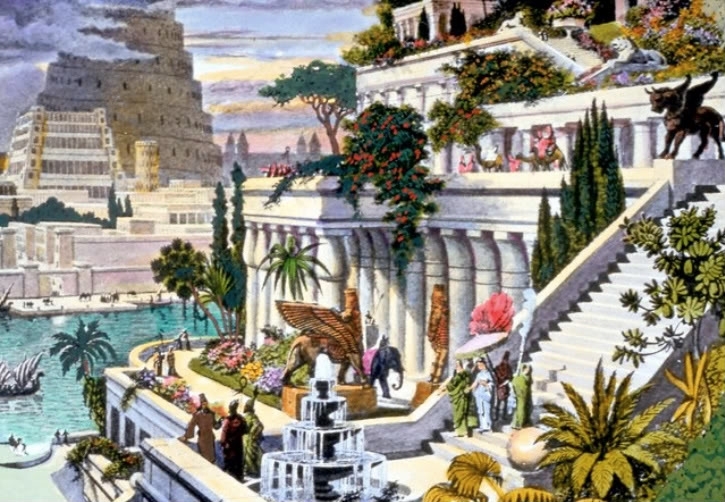
One of the Seven Wonders of the ancient world, the Hanging Gardens of Babylon, is widely regarded by historians as an engineering marvel of its time. Located in the ancient city of Babylon, modern-day Iraq, the gardens were built by King Nebuchadnezzar II (c. 604-562 BC) to please his homesick wife.
The gardens were composed of a series of ascending, hanging gardens with over 80 different species of exotic plants, trees, and flowers. It is said that the gardens were supported by a complicated irrigation system and built atop massive stone structures that reached to a height of 75 feet. As a result, the gardens were visible from the city below and became a popular attraction.
Moreover, the gardens were likely the inspiration for the myth that surrounded their construction. Written in Greek by the historian Herodotus, the myth stated that the gardens were constructed in such a way that they looked like a series of steps reaching up to the sky.
Today, scholars are unsure of how the gardens were built or what they looked like, however, many agree that the gardens were an impressive feat of human engineering. Even though the gardens no longer exist, the Hanging Gardens of Babylon remain one of the most renowned of the Seven Wonders of the World.
3. The Great Wall of China
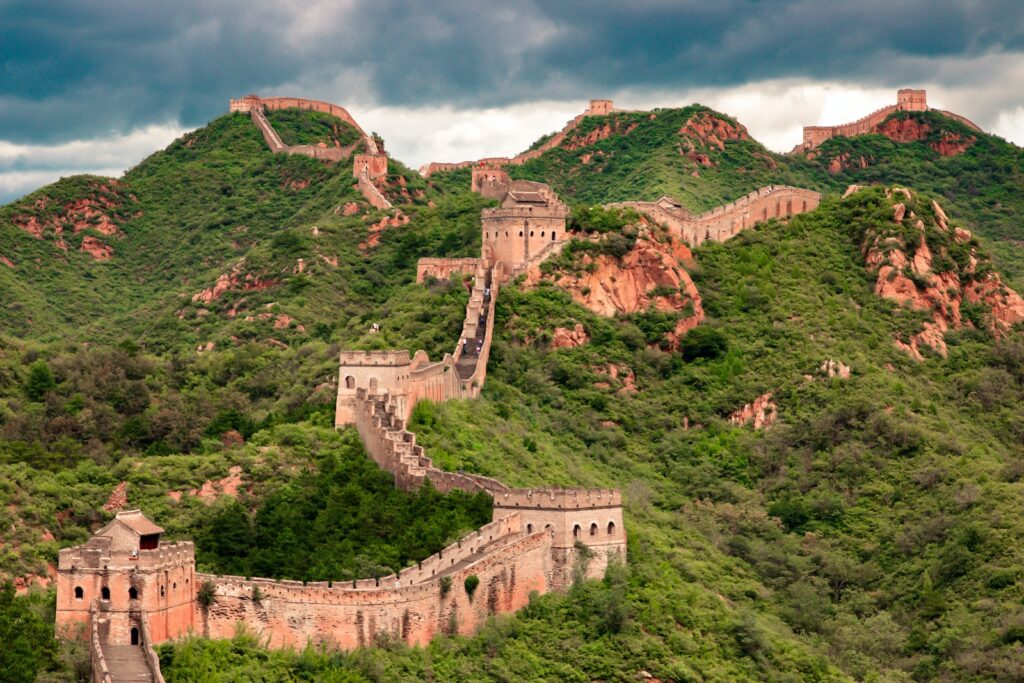
Is without a doubt one of the most iconic world wonders. It was built in the third century BC, and it is the longest wall in the world, stretching 21,196 km – that’s 57% of the entire circumference of the earth. Over two million people, including soldiers and criminals, worked on the Wall over a period of 2,000 years.
Built during the rule of the Qin and Han Dynasties, the Wall served to protect China from the northern nomadic invaders that were constantly trying to invade the Chinese empire. The Wall runs along the northern border of China, starting from the Gobi Desert in the east, across the Yellow River and finally ending at Jiayuguan in the west.
The length and size of the Great Wall of China is astounding. It is made of stone, brick, wood, and mud and is up to 25 meters high in some places. It’s also relatively wide – about 10-20 meters. In addition to the Great Wall, there are more than 20,000 fortresses and watchtowers that provided protection along its length – these were used to station soldiers, watch for invaders and store weapons.
The Great Wall of China is a testament to the ingenuity of the Chinese people. Its construction was a monumental feat that would not have been possible without the resources, manpower, and knowledge of the Chinese people. It is a testament to the strength and resilience of the Chinese people, who were able to build a structure of such scale and complexity.Today, the Great Wall of China is one of the world’s most recognizable monuments and is a proud symbol of Chinese history and culture.
4. Petra, Jordan
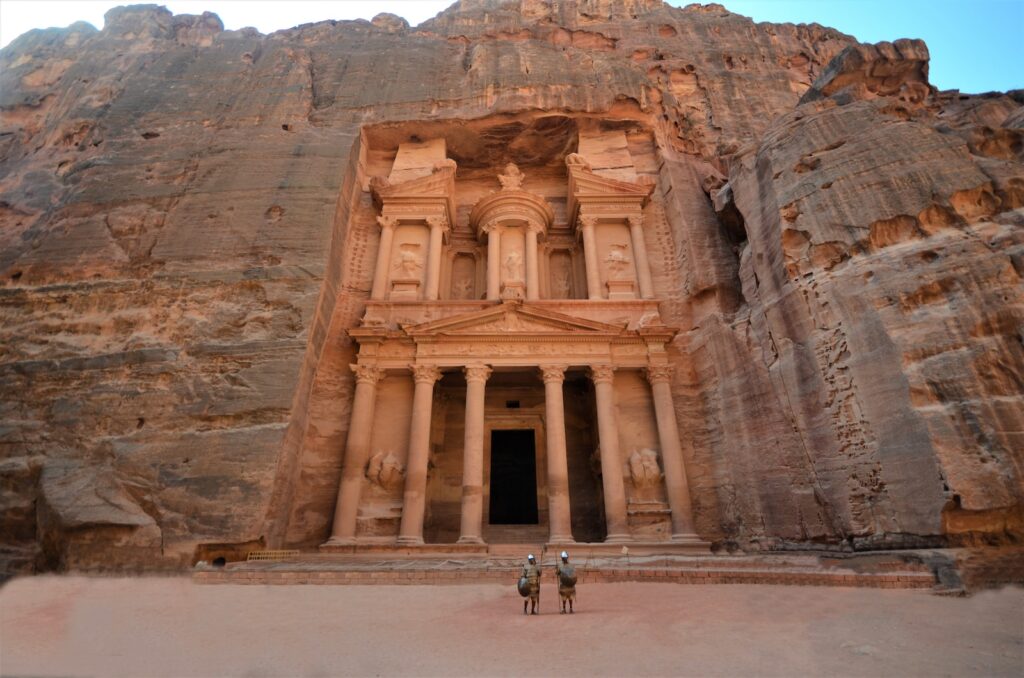
Is one of the seven world wonders and is an iconic symbol of the region. Petra lies in the south of the Kingdom of Jordan and is renowned for its remarkable sandstone rock formations.
It is considered the most popular tourist attraction in Jordan, and is the country’s most visited tourist destination. The ruins of this ancient city were carved into massive mausoleums, temple facades, courtyards, and tombs, making it one of the world’s most incredible and awe-inspiring archaeological sites.
The area of Petra was once known as the Nabataean Kingdom, a wealthy and powerful desert trading route. Its prime location between Arabia, Asia and Africa, made it a perfect place for the Nabataean people to set up trading towns and cities. According to the bible, they have been inhabiting the area since the era of King Solomon.
Petra contains unique and complex hydrological systems, and many remarkable buildings, temple facades, tombs, and mausoleums. In addition to these, Petra’s pink sandstone cliffs are a testament to the site’s incredible geology, while it’s gardens and orchards show an intricate understanding of the natural environment.
There are countless caves in Petra, some of which were used for religious ceremonies. The most famous of these is the Al Khazneh (The Treasury), carved into the sandstone cliff.
Petra is a UNESCO World Heritage Site, and has been recognized by many as one of the Seven Wonders of the World. It has been used as a location for movies, such as Indiana Jones and The Last Crusade, and is a reminder of the grandeur of the ancient world. It is a living, breathing archaeological site that can provide visitors with an awe-inspiring experience.
5. The Colosseum, Rome, Italy

Is one of the seven world wonders and a major tourist attraction in Italy. Constructed in 70-80 CE, the Colosseum was used to host gladiator battles. It is an oval amphitheater, built of travertine stone, tuff, and brick-faced concrete.
It stands at more than 160 feet high and is 513 feet long and 509 feet wide, making it one of the largest amphitheaters ever built in the world. It is estimated to have seated between 50,000 and 80,000 people at once.
The Colosseum was an engineering marvel for its time. It was built with three levels of arches, each with a different number of arches and each arches supported by Doric, Ionic, and Corinthian columns.
In addition to its impressive arches, it also featured a retractable roof made of wood, which was used to protect audiences from rain or heat. The Colosseum even had its own underground structure, known as the hypogeum, which was used to house gladiators and other animals used in entertainment.
The Colosseum was used for many different kinds of entertainment, but the most popular were gladiator battles. Gladiators were often slaves, prisoners, or volunteers who would battle in the arena for the pleasure of the audience. It is estimated that thousands of gladiators, animals, and prisoners died in the Colosseum throughout its history.
Today, the Colosseum is one of the seven world wonders and a major tourist attraction in Rome. It is an important symbol of the city’s rich history and is often considered one of the great engineering achievements of the Roman Empire. It is also a UNESCO World Heritage Site and one of the most popular tourist attractions in Italy.
6. Machu Picchu, Peru
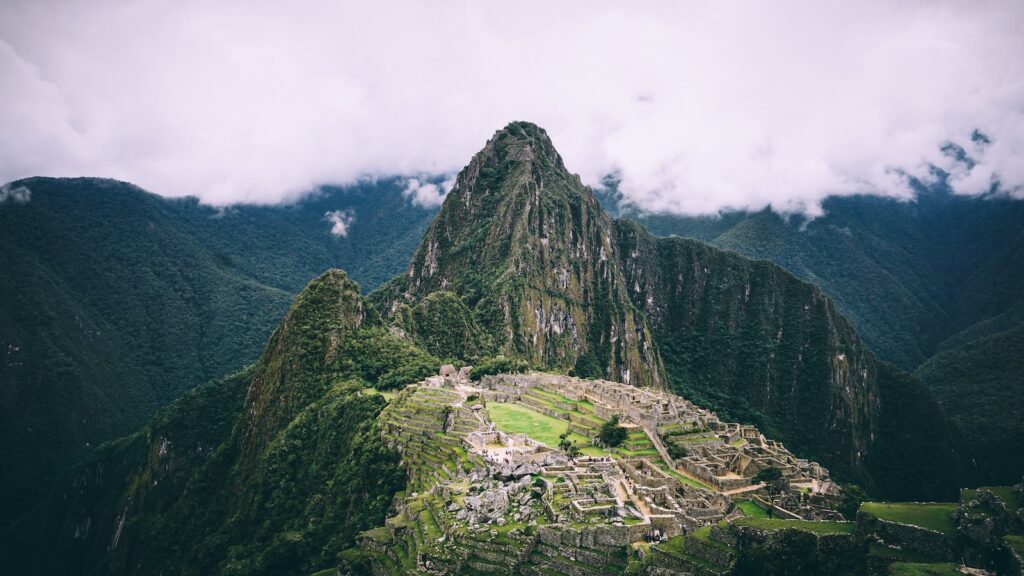
Is considered one of the world wonders of our time. Located in the Vilcabamba mountain range in Peru, Machu Picchu was believed to be a royal estate of the Inca emperor Pachacuti in the 15th century. It was declared a Peruvian Historic Sanctuary in 1981, and in 1983, it was added to the list of UNESCO World Heritage Sites.
The site is comprised of many temples, palaces, and terraces that were carved into the mountain rock. Set at an altitude of 8,000 feet, it is estimated that some three thousand structures built by the Incas are on the site. It is an impressive example of Inca engineering and includes walls, plazas, ceremonial centers and agricultural terraces.
Experts believe the site was constructed for religious and astronomical purposes, as well as for defensive purposes. Inside the site, you’ll find Sun Gate, the Inti Watana, the Temple Of The Condor, and the Temple Of The Three Windows.
Sun Gate is a terrace where the Incas would greet the morning sun, Inti Watana is a ceremonial stone used for astronomical purposes, the Temple Of The Condor is a religious monument to the Inca symbol, and the Temple Of The Three Windows is a temple dedicated to the three ruling Inca gods.
The city is an engineering marvel, with its intricate architecture, terraces, canals, irrigation systems and water channels that allowed the Incas to thrive in the high terrain. It has been a popular tourist destination since 1911, with millions coming to experience this wonder of the world. Its beauty, mystery and history are sure to capture the imagination of any visitor.
7. Christ the Redeemer, Brazil
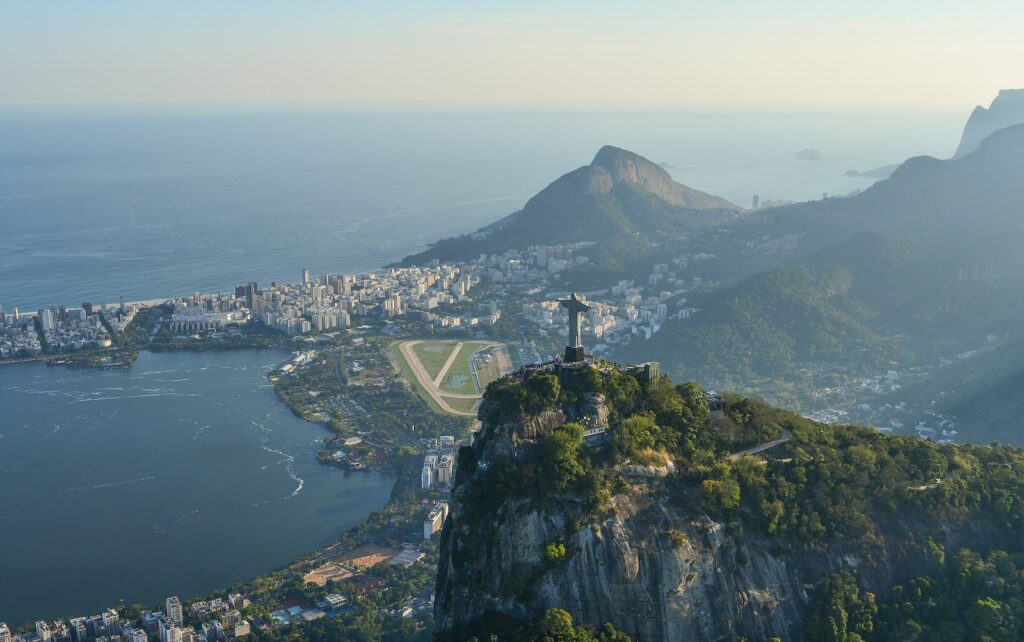
The iconic statue of Christ the Redeemer, atop Corcovado mountain in Rio de Janeiro, Brazil, is second to none in terms of international recognition. It is one of the most popular tourist sites in the country and stands high as one of the Seven World Wonders.
The monumental statue stands 98 feet tall and is located on the peak of Corcovado Mountain at 2,310 feet above sea level. The stunning view from the mountain shows the city of Rio to the south and north. It was built as a symbol of Brazilian Christianity, with the arms of Christ outstretched as a gesture of peace and welcome.
Construction of the statue started in 1922 and was designed by Heitor da Silva Costa, and completed in 1931 by French sculptor Paul Landowski. Construction of the statue was funded by various groups in Brazil, including donations from the Catholic Church, and Brazilian engineer Carlos Oswald. Christ the Redeemer was declared a World Heritage Site in 2007.
Christ the Redeemer is recognized internationally as one of the seven world wonders. It is a major symbol of Brazilian Christianity and a point of national pride. The statue is often used as a symbol of Rio de Janeiro, representing the city’s beauty and faith. Its resilience in the face of Brazil’s complex history is an incredible feat, and further adds to the statue’s fame.
The Christ the Redeemer statue is a powerful symbol of faith and of the beauty of Brazil. Its importance as one of the Seven World Wonders is undeniable. Its international recognition as a symbol of faith and resilience is a testament to the importance of its place in Brazil’s culture.
Conclusion
It is clear that the seven world wonders are a testimony to the beauty and strength of human ingenuity, spanning civilizations and continents. They each represent a unique and remarkable culture, with stories and secrets that are sure to fascinate onlookers for eternity.
Whatever the reason for visiting these destinations, they are sure to capture the imagination and offer an unforgettable experience. For anyone seeking to experience global wonders and explore the greatness of our history, a trip to visit the seven world wonders is one that should not be missed.

